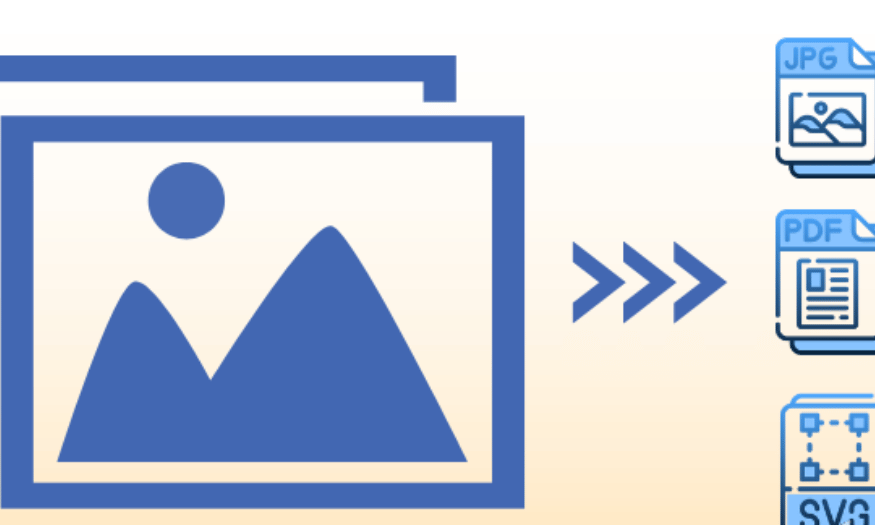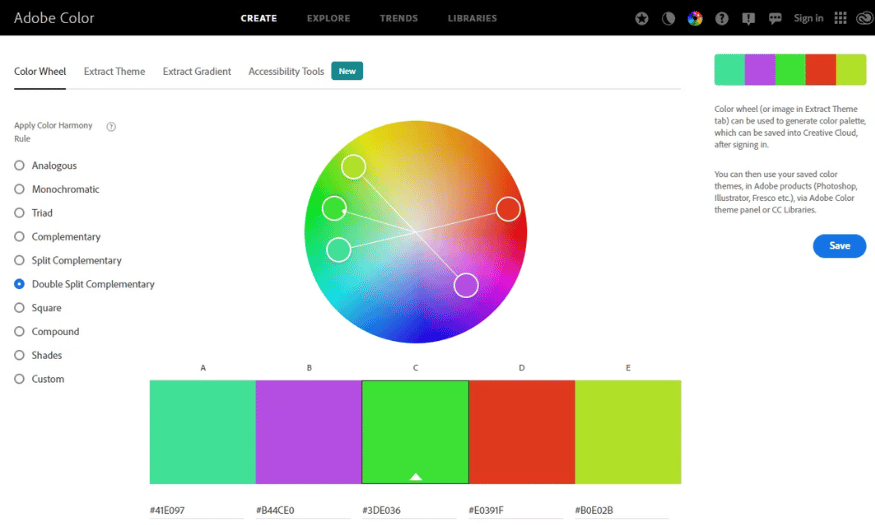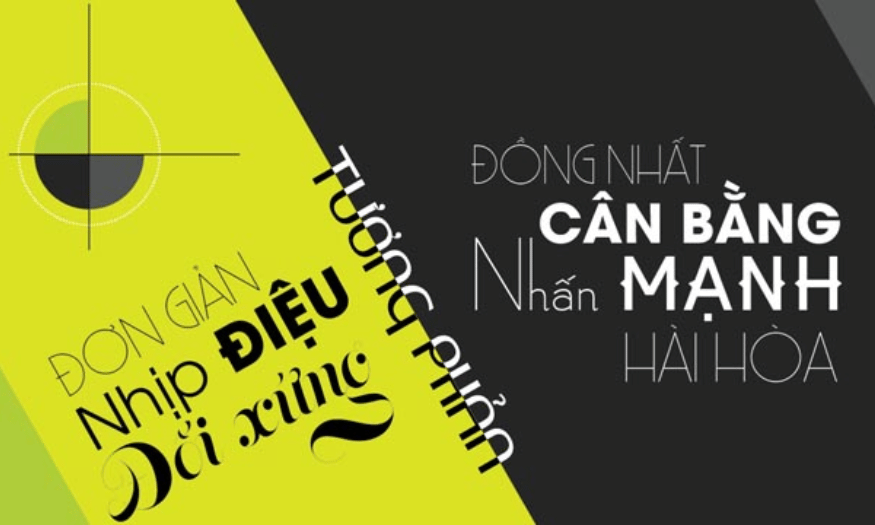Best Selling Products
Learn UI/UX From Scratch: 6 Steps to a Top Design Career
Nội dung
Learning UI/UX for Beginners is a journey to explore the art of interface design and creating smooth, user-friendly digital experiences. It is not only about learning how to arrange colors, images, and typography, but also about understanding the psychology and needs of users.

In today's digital age, when technology products are constantly developing, UI/UX has become one of the important factors that determine the success of an application, website or digital product. However, many beginners feel confused when entering the world of user interface (UI) and user experience (UX) design. The following article by SaDesign will help you get an overview, grasp basic knowledge and gradually get closer to a professional design career.
1. General introduction to UI/UX
First, let’s clarify some basic concepts. UI (User Interface) is the face of any digital product – from colors, layouts, images to buttons, icons… all are designed to give users an intuitive, easy-to-use interface. Meanwhile, UX (User Experience) focuses on the entire user experience when interacting with the product, from the initial feeling to the usage process, helping users feel more satisfied and connected to the product.
These factors not only make the product attractive but also play an important role in building the brand and creating a competitive advantage in the market. Moreover, the demand for recruiting UI/UX experts is increasing, opening up countless attractive career opportunities for those who are passionate and willing to learn.
.png)
You may be wondering, “ Why should I learn UI/UX when there are so many career options available today? ” The answer is that technology is evolving rapidly and almost every field needs a friendly digital interface and an optimal user experience. Whether you are working in product development marketing or simply looking for a new career, understanding and mastering UI/UX will help you create quality products, attract customers and achieve sustainable success.
2. 6 steps to start learning UI/UX from scratch
Bước 1: Understand Design Process
Many junior designers often jump straight into design as soon as they receive a request (I used to be like that too). I can assure you that this is not good at all. We should design scientifically and with research.
The first thing I recommend you learn about the product design process (Design Process). There are a few processes you can search on Google with the keyword "design process", here I highly recommend you learn about the concept of "Design Thinking". To me, Design Thinking is not only a process, but also a product design mindset.
.png)
A good product is one that solves a user's problem. To do this, you need to know who you are making the product for, what problem it solves, how to solve it... This is the most basic principle in the design industry, used for product design from physics to technology.
Design Thinking will help you answer those questions through the following process:
Empathize - Empathize with users
Define - Identify the problem the user is having
Ideate - Ideate
Prototype - First prototype design
Test - Design testing
.png)
Bước 2: Read books & articles
Once you have a good idea of the overall design process, you should read some books and articles about design. Here are some books (which can be considered as the industry bible) that you should read:
Don't Make Me Think
Design Of Everyday Things
Hooked
Besides, you should read more documents, articles about case studies, research methods, design methods, new design trends. You can currently find these articles on Medium, UX Planet, UX Collective... and many other channels you can find online, in the age of technology, if you don't know anything, just Google it ^^
.png)
Bước 3: Master basics of visual design
The User Interface can be considered the face of the product, it is where users see and interact with your product.
To ensure a good interface, you need to master the basics of:
Color: meaning of color and principles of color use
Typography: font types, font systems and rules for using typography in UI design
Contrast: contrast, building information hierarchy, creating emphasis
Spacing: using white space to separate or group information on the interface, making visual hierarchy clearer
Grid: information on the interface is arranged neatly and tidily, helping to increase the consistency of your interface.
.png)
You can refer to the following sources:
· Laws of UX
· NNG Heuristic Evaluation
Step 4: Join a design course
If you feel that the amount of information on the internet is too much and scattered, and you do not know how to systematize that information, I recommend you take a UI/UX design course. The design course will help you systematize that scattered knowledge into your own, guide you on how to work in a group, and how to do a case study from start to finish.
Step 5: Join a community
Joining a design community will help you meet and get to know many colleagues.
We will share stories, common problems at work,... or share knowledge.
You also have access to more job opportunities when you join a community.
.png)
Step 6: Start a project
After learning about the process tools and design principles, it is time to try to start implementing a personal Project. You can get ideas from:
Problems you (or people around you) often encounter in life
Redesign the experience of a product you think isn't good enough
These personal projects are outputs that demonstrate the knowledge you have learned, helping to build a personal portfolio, from which employers can evaluate your abilities more accurately and easily.
.png)
3. Some additional notes for beginners
As you learn and work, you will realize that there is no straight and simple path to success. Here are some additional tips to help you gain more confidence:
Be persistent and keep learning: Technology and design trends change every day. Staying updated with new knowledge, taking short courses or reading specialized books and blogs will help you stay up to date.
Experiment and embrace failure: Every experiment is a valuable lesson. Don't be afraid of failure, see it as an opportunity to better understand how users interact with your product.
Connect and collaborate: Don’t be afraid to engage and interact with the community. Every contribution and discussion can open up new perspectives for you, thereby improving your design skills.
Be confident in expressing your personal style: Although there are many general rules and principles in design, your personal style is what makes you different and recognizable in the industry.
SaDesign hopes that this article will become a useful companion on your journey of self-discovery and self-development. Start your journey today, practice diligently and always expand your knowledge because only then can you create breakthrough products, contribute to improving user experience and building a sustainable brand.












































